The ancient city of Gortyna lies on the mountains of Arcadia in Peloponnesos. It is located near Stemnitsa, in the valley of Lousios River, where the fairies bathed baby Zeus. Archaeologists brought the lost city back to light in the 1940s. The mythical hero Gortys, according to Greek mythology, founded the city.
Archaeologists believe that the foundation of the city could be placed between 1600 – 1100 BC. The city reached its acme in the 8th century BC and 1st century AD. The lack of many written documents and the very few archaeological findings make this timeline hypothetical.
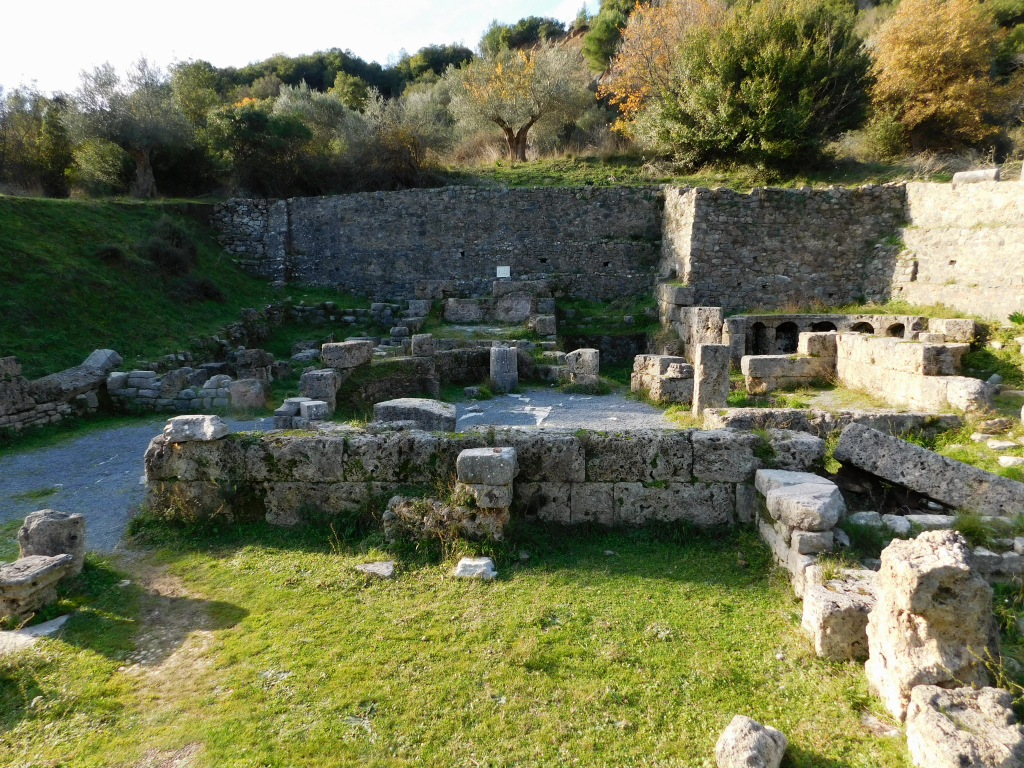
What we can see today at the site is the Asklipieio , the temple of Asklipios, the Greek god of medicine. We also see the thermal springs building and parts of two defensive castles (acropolis). The Asklipios temple and the adjoining springs were one of the most significant medical centres in the ancient Greek world, and the temple of Asklipios was famed, according to the ancient Greek historian Pausanias. The sculptures of Asklipios and Hygeia at the temple were created by Paros Island’s renowned artist Skopas.
Pausanias also mentions that, during his campaign in Peloponnesios, Alexander the Great visited the temple. He especially dedicated his armour and spear to the Gods for good health. Gortyna was also one of the preparation sites for the Spartans athletes who took part in the Olympic Games. Finally, experts have discovered that Gortyna’s thermal baths featured an advanced heating system that was employed solely here, according to scientists. That is why this system is known as “arkadiko.”
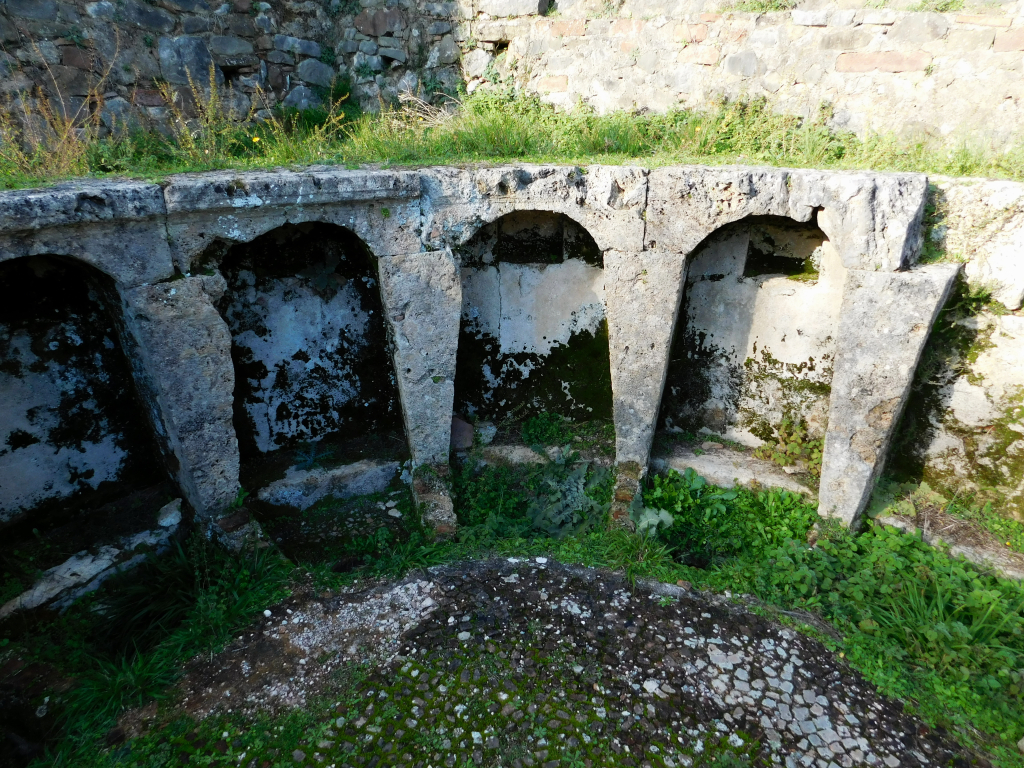
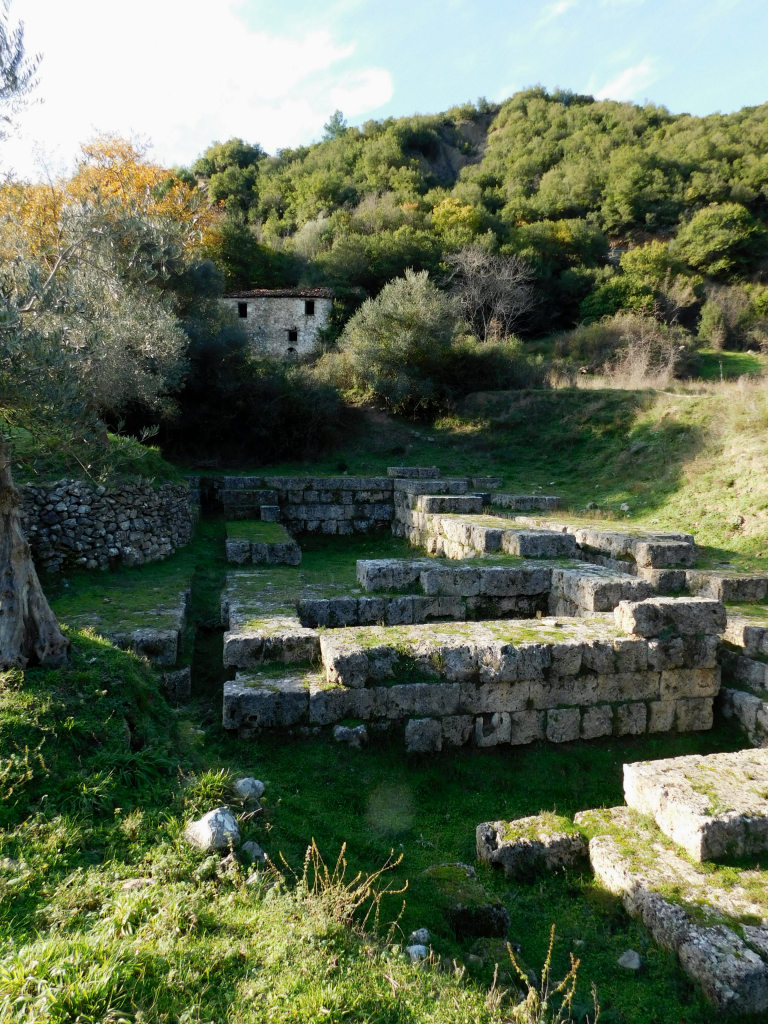
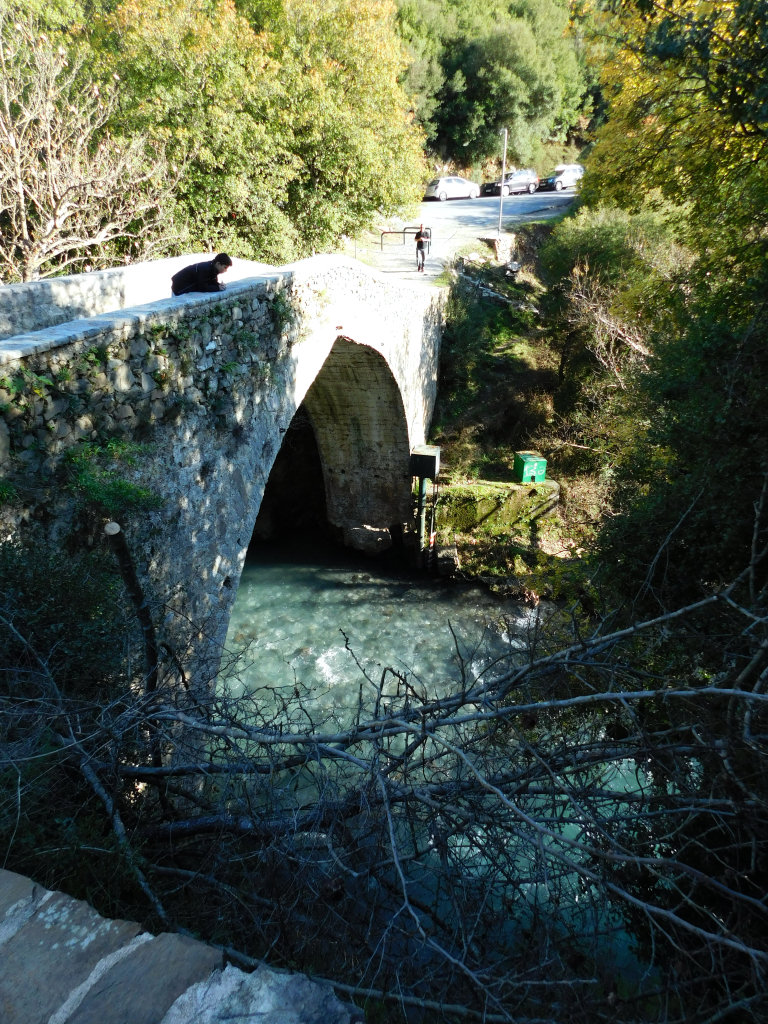
The importance of Gortyna in the past
The power and fame of the city were so immense, according to the Greek philosopher and writer Plato. The city of Gortyna in Crete was a colony of the Arcadian Gortyna. Also, during the 4th century BC, Gortyna was the only city that, due to its importance as a religious and healing centre, existed until the 12th century AD. At that time, the Goths who were roaming the area destroyed it. After its destruction, nature took over the city, and its ruins were lost under tons of mud and heavy vegetation.
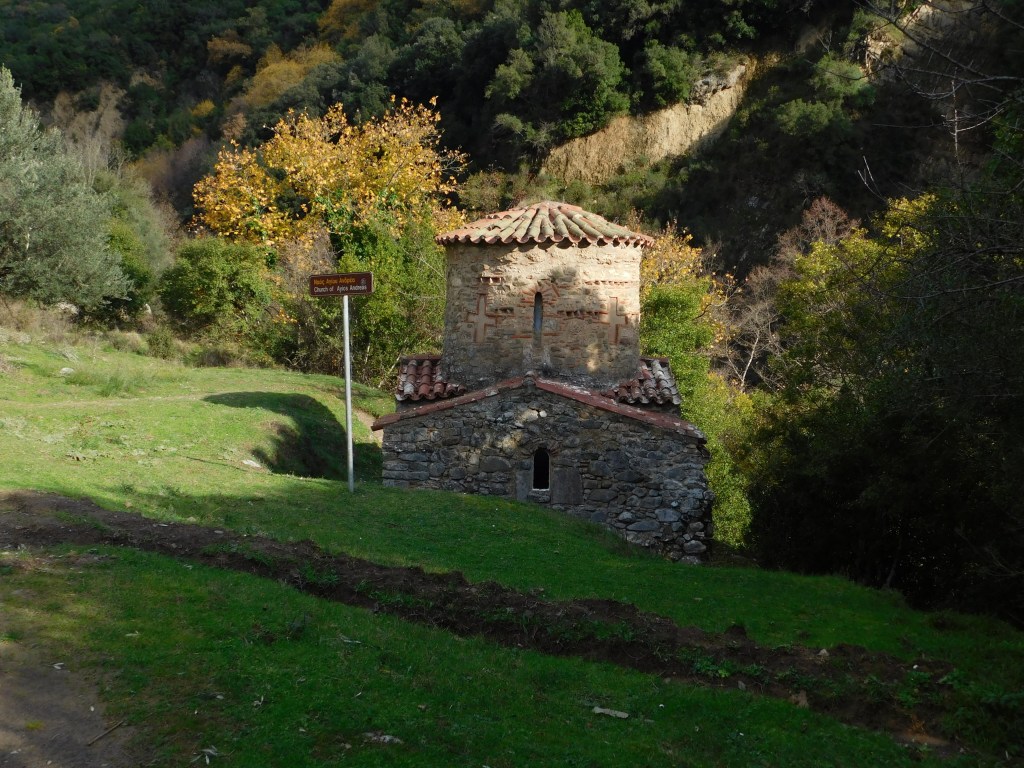
What to see around the city
Nowadays, apart from the small but awe-inspiring archaeological site, the surrounding area is magical. You can see the magnificent stone Kokkoris Bridge, with the blue waters of the Lousios River. You can also visit the scenic Byzantine church of Agios Andreas (11th century AD), a few metres away, which is built on the ruins of a Roman building.
On the walls of the church, old paintings have survived, with more distinguishable than the one that pictures the Crucifixion. Although the church is often closed, you can admire its small interior through an opening in its doorway. Just a few metres from the church, you see the remains of a watermill, which the residents of nearby villages once utilised.
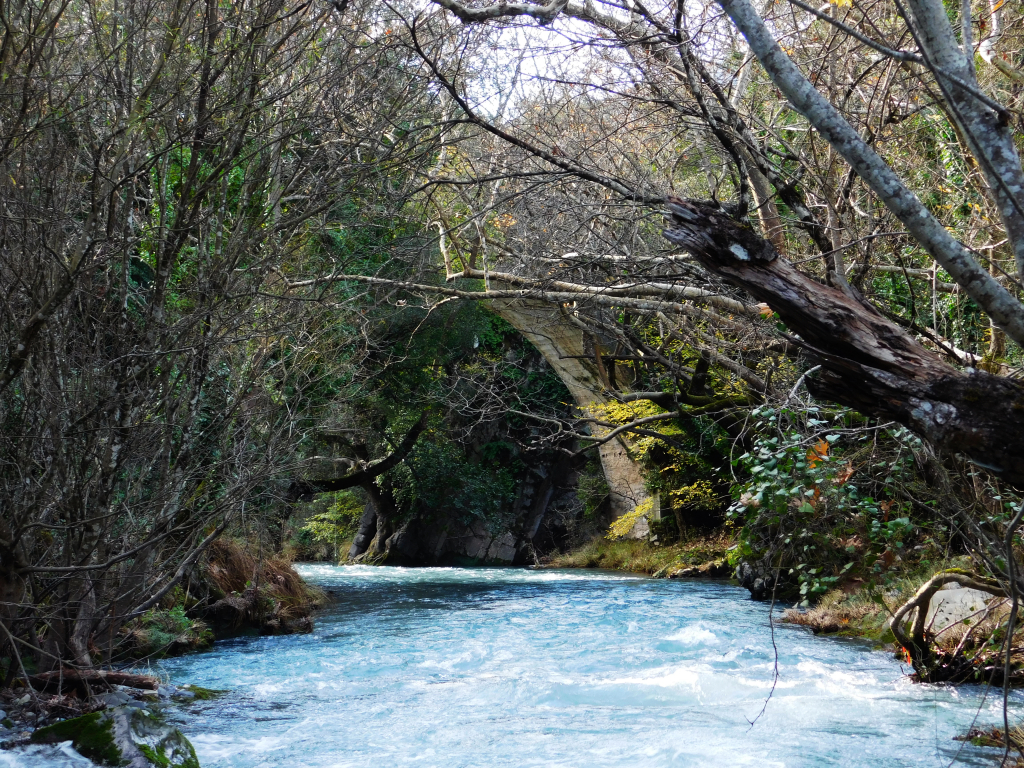
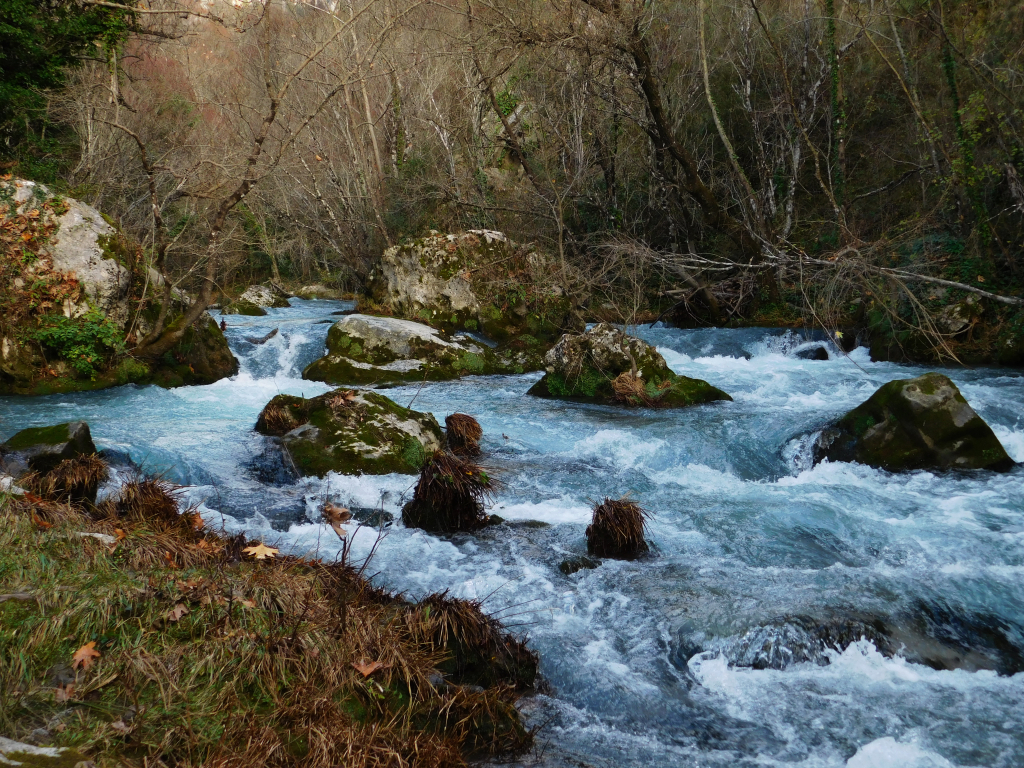
To get here:
- Drive from Stemnitsa to Dimitsana and follow the signs for Ancient Gortina and Ioannis Prodromos Monastery.
- At the intersection of the Monastery, turn left and follow the signs for Ancient Gortyna.
- Leave your car at the small parking area at the end of the road and cross the stone bridge. You can also follow the trekking route “Lousios Paths,” leading to a beautiful walk along Lousios Valley and its spectacular Byzantine monasteries.
All that is left for you to do is explore this amazing location. Aside from the ruins of an old city, the surrounding environment is breathtaking. The river, the stone bridge, and the modest Byzantine church all leave lasting impressions.
Finally, here is a short video from our visit to the ancient city of Gortyna:
Find vacation rentals in Greece with cozycozy.
If you are looking for other cultural destinations, visit our website’s Art and Culture page.

Antonis Tsapepas
Antonis Tsapepas is co-founder of Voyagers Voice and founder of By Food and Travel, a website for people who want to travel and taste new things. Travelling is a way to escape, learn, discover unforgettable places, meet interesting people and try gastronomy from all over the world.